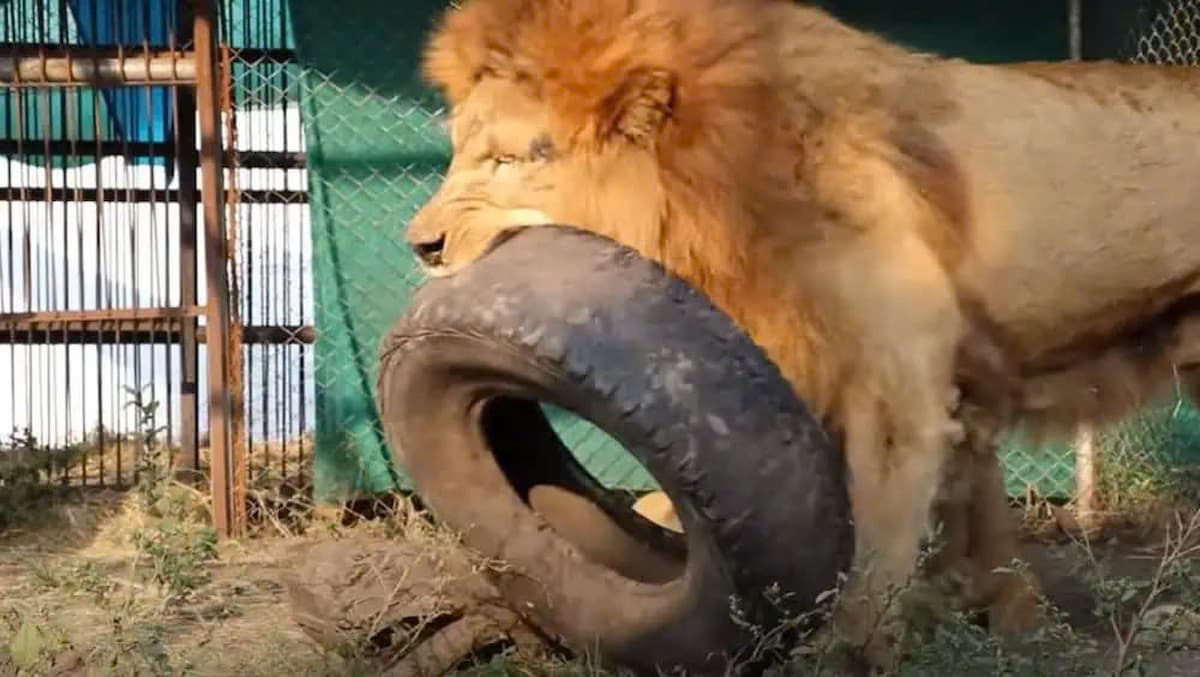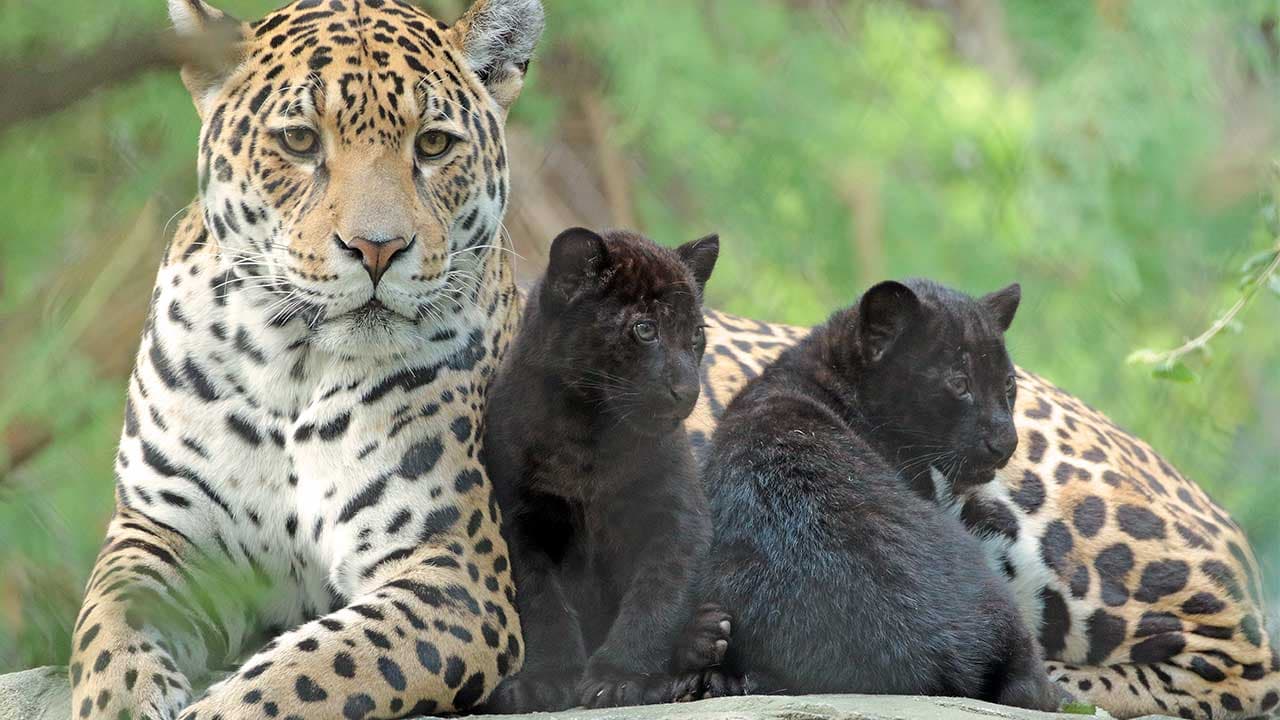
This incredible rock formation measures up to 6 meters in height and 9 meters in width. Its remarkable split right through the center makes it look like it was sliced perfectly with a laser beam. Although wind erosion and chemical weathering may have played a part in shaping this rock, its two evenly weighted halves are balanced on small bases. The rock’s southeast side features various petroglyphs, which add to its overall mysterious appeal.

The Al Naslaa rock formation in the Saudi Arabian desert is a fascinating sight with its vertical split appearing unreal. The formation stands above its surroundings and bears petroglyphs dating back thousands of years, along with evidence of human inhabitants from the Bronze Age. What makes it unusual is that it is split down the middle with each section balanced on a small pedestal. While some may question if nature could have formed such a feature, three geological features explain this spectacular rock formation. Two boulders, each six meters high, stand on their own pedestals, separated by a smooth crack. The origin of the Al Naslaa rock formation has led to several theories, but its genesis is likely to remain a mystery.

The Al Naslaa rock formation is located in Saudi Arabia’s Tayma Oasis, which is home to the country’s oldest human settlement. It consists of two sandstone rocks that are balanced on naturally-formed pedestals, with a smooth gap running vertically between them. The precision of the gap is so exact that it appears as though it was made by a laser beam. Although scientists are unsure how the 4,000-year-old structure was split down the middle, the side-by-side boulders, each standing at 20 feet (6 meters) tall, boast visible petroglyphs that are thousands of years old. One notable glyph is an image of a person leading a horse that resembles an Arabian, one of the world’s oldest horse breeds still in existence. The origins of this breed can be traced back to Saudi Arabia in the seventh century, well before the creation of Al Naslaa by human hands.

The central fissure of Al Naslaa is iconic due to its petroglyphs that are up to 4000 years old. Many have created original stories about these perfectly balanced boulders, including the idea that ancient gods or aliens could be responsible for their precise cuts. Some social media users, such as Pew’s aggregate Acerca del Mundo, have even pondered whether advanced technology was involved in their creation. The rock may also sit on a fault line, which would explain the split resulting from the shift in tectonic plates. Alternatively, it could be a result of a joint within the sandstone rock becoming worn away, causing the larger formation to separate. It’s worth noting that sandstone rocks with joints are more likely to exhibit vertical separations like those found in Al Naslaa.
















